COTTA’s ALMANAC #4 Playing Cards. The fourth volume in an exciting series of transformation decks
Although Turandot is known worldwide as one of Puccini’s best operas, its origin is in a Persian book written in the 12th century, later revisited by François de la Croix in 1710 in his tales of “The thousand and one days” and turned into a commedia dell’arte play theater play in 1762 by Carlo Gozzi. This work is the inspiration for COTTA’S ALMANAC #4.
This is the fourth volume in this series of transformation decks produced by Will Roya (PlayingCardsDecks.com). A project that stems from painstaking research on transformation cards and their origins coupled with Will’s interest in rescuing cards from the past in high-quality restorations thanks to the meticulous work by Azure-Ox. This research aimed to find the first transformation deck and the investigations led to 1804, the year in which Johann Freidrich Cotta, owner of the JG Cotta publishing house in Tübingen (Germany), produced the first in a series of card almanacs that would continue to be printed in successive years up to a total of six between 1805 and 1811.

Each deck incorporated 52 cards for each of the 52 weeks of the year (these cards were not intended for a game) and addressed a different theme. This fourth deck, Turandot, is inspired by a free translation of Gozzi’s work by the playwright Friedrich Schiller, who also inspired earlier volumes in the series. Schiller used a much more serious tone to create this symbolic epic in 1801 that tells the story of the beautiful and cruel Chinese princess Turandot, who subjected her pretenders to a challenge to solve three riddles as the only way to avoid their death. Thus, the court cards show characters dressed in Arab-inspired costumes. Unlike the previous decks, there is no identification for jacks and queens and only king is marked with the word “Roi”. You can read in the campaign the detailed information about the origin of the illustrations and much more secrets.




Although the numbered cards do not seem to have any specific connection, they depict monochrome scenes playing with the pips on transformation cards.




For the series, very unique tuck cases have been designed. The creators have used a color scheme based on Goethe’s experimental theory of optics and color, much better known for his essential role in German literature of the time (and good friend of Schiller). This theory talks about the psychological impact of colors on human emotions, something that inspired other scientists, philosophers and artists. The tuck case will look like a book and the spines of all the decks in the series together form a panorama of Cotta’s hometown of Tübingen.
Since the original cards had blank backs, matching color backs have been designed with a classic symmetrical pattern. In this case, both backs and tuck case will be intense red and use metallic ink.

The decks will be printed by the USPCC and will have a recreation of the 52 cards plus two jokers and two extra collectible cards.


Two limited editions will be printed. The numbered edition, with a print run of 1000 decks, and the Standard Edition, with the same seal (unnumbered) and a slight change in the tuck case with black ink.


This is a collection steeped in history and a high-quality restoration to bring life back to the first transformation decks ever. Do not hesitate, visit the project website and raise your pledge.
Good luck!


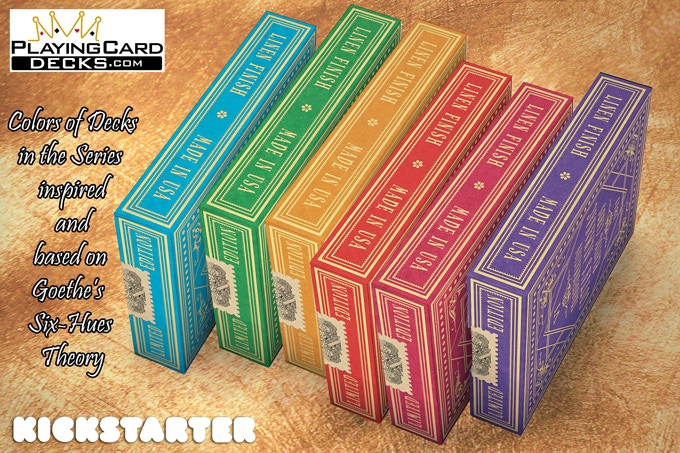
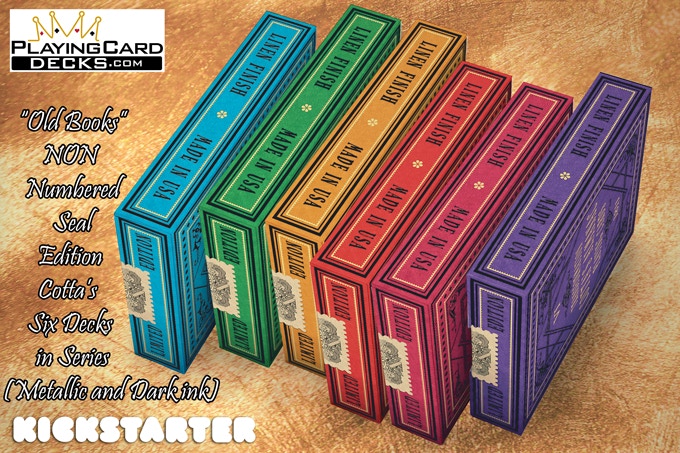

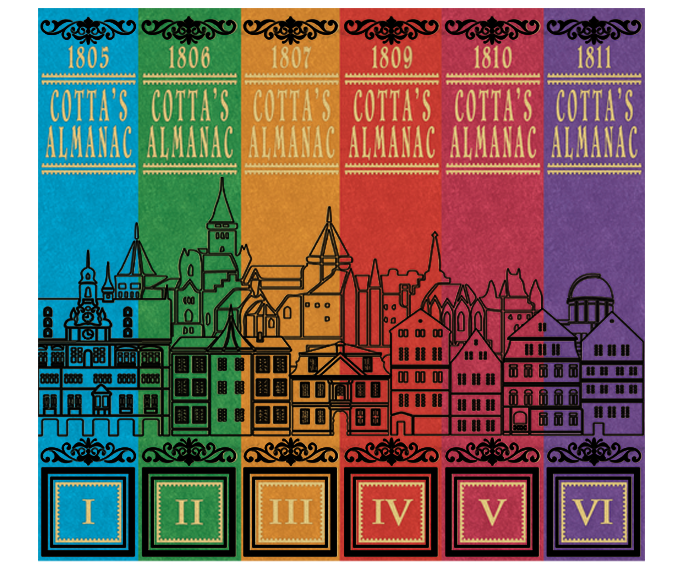
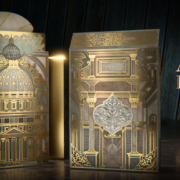
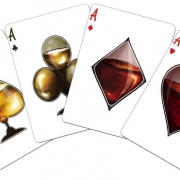



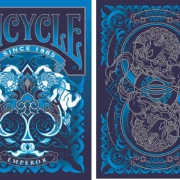

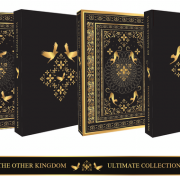

 Photo by Martin Večeřa
Photo by Martin Večeřa